Forget Apple Pay, soon you'll pay for everything with your finger
Payment company Sthaler predicts unique finger vein technology will replace passwords
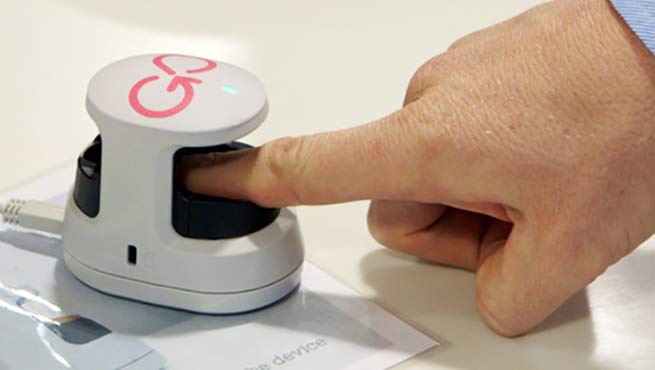

Thanks to money transfer apps like Apple Pay and Android Pay, paying for things with a fingerprint has become commonplace - but what about paying for things with your actual finger itself?
Payment technologies company Sthaler has been looking at alternative payment methods, and thinks it's cracked a more secure method than the traditional fingerprint.
Rather than analysing the print, the Fingopay system uses a reader which shines Near-Infra-Red light through the finger, illuminating the miniscule veins before capturing the resulting image.
Users register this unique pattern against their chosen payment method, at which point it is converted to a cryptokey and tokenised.
When they pay for something at a point-of-sale terminal, the reader compares their vein pattern with the one on file, and authenticates the sale.
Sthaler is currently trialling the system for three weeks with WorldPay and Visa Europe Collab, the European innovation and investment arm of Visa, and the system is currently running in a restaurant at WorldPay's London headquarters in Bank.
Sthaler CEO Nicholas Dryden said: "Our ultimate goal is to make payments even safer, even simpler and more reliable.
Get the ITPro daily newsletter
Sign up today and you will receive a free copy of our Future Focus 2025 report - the leading guidance on AI, cybersecurity and other IT challenges as per 700+ senior executives
"The benefit of working with Visa Europe Collab and Worldpay is that we have access to some of the best commercial minds in payments. This will help us to better understand how we can make finger vein technology even more convenient and secure for both merchants and consumers."
Nick Telford-Reed, director of technology innovation at Worldpay, added: "Our aim is to continually develop and enhance payments security, in order to provide increased reassurance for consumers and retailers, whilst creating the most frictionless experience possible."
It has already garnered hundreds of signups and positive reactions, according to the biometrics firm, after first being manufactured by Hitachi as a medical device to detect early signs of heart disease.
After seeing Sthaler's uses for the device, however, Hitachi entered into an exclusive partnership with the company, granting it sole rights to the technology for payment and authentication purposes.
Sthaler claimed that as it doesn't leave external traces in the same way a fingerprint does, its technology is more secure than other methods.
It also envisions more uses for the technology than simply payments, planning to integrate loyalty schemes and customer identification methods with the device to let customers pay for transactions, collect loyalty points and activate deals with just one action.
Eventually Fingopay could even replace passwords, and be integrated into users' homes in the future, said CEO Dryden.
Adam Shepherd has been a technology journalist since 2015, covering everything from cloud storage and security, to smartphones and servers. Over the course of his career, he’s seen the spread of 5G, the growing ubiquity of wireless devices, and the start of the connected revolution. He’s also been to more trade shows and technology conferences than he cares to count.
Adam is an avid follower of the latest hardware innovations, and he is never happier than when tinkering with complex network configurations, or exploring a new Linux distro. He was also previously a co-host on the ITPro Podcast, where he was often found ranting about his love of strange gadgets, his disdain for Windows Mobile, and everything in between.
You can find Adam tweeting about enterprise technology (or more often bad jokes) @AdamShepherUK.
-
 Should AI PCs be part of your next hardware refresh?
Should AI PCs be part of your next hardware refresh?AI PCs are fast becoming a business staple and a surefire way to future-proof your business
By Bobby Hellard
-
 Westcon-Comstor and Vectra AI launch brace of new channel initiatives
Westcon-Comstor and Vectra AI launch brace of new channel initiativesNews Westcon-Comstor and Vectra AI have announced the launch of two new channel growth initiatives focused on the managed security service provider (MSSP) space and AWS Marketplace.
By Daniel Todd
-
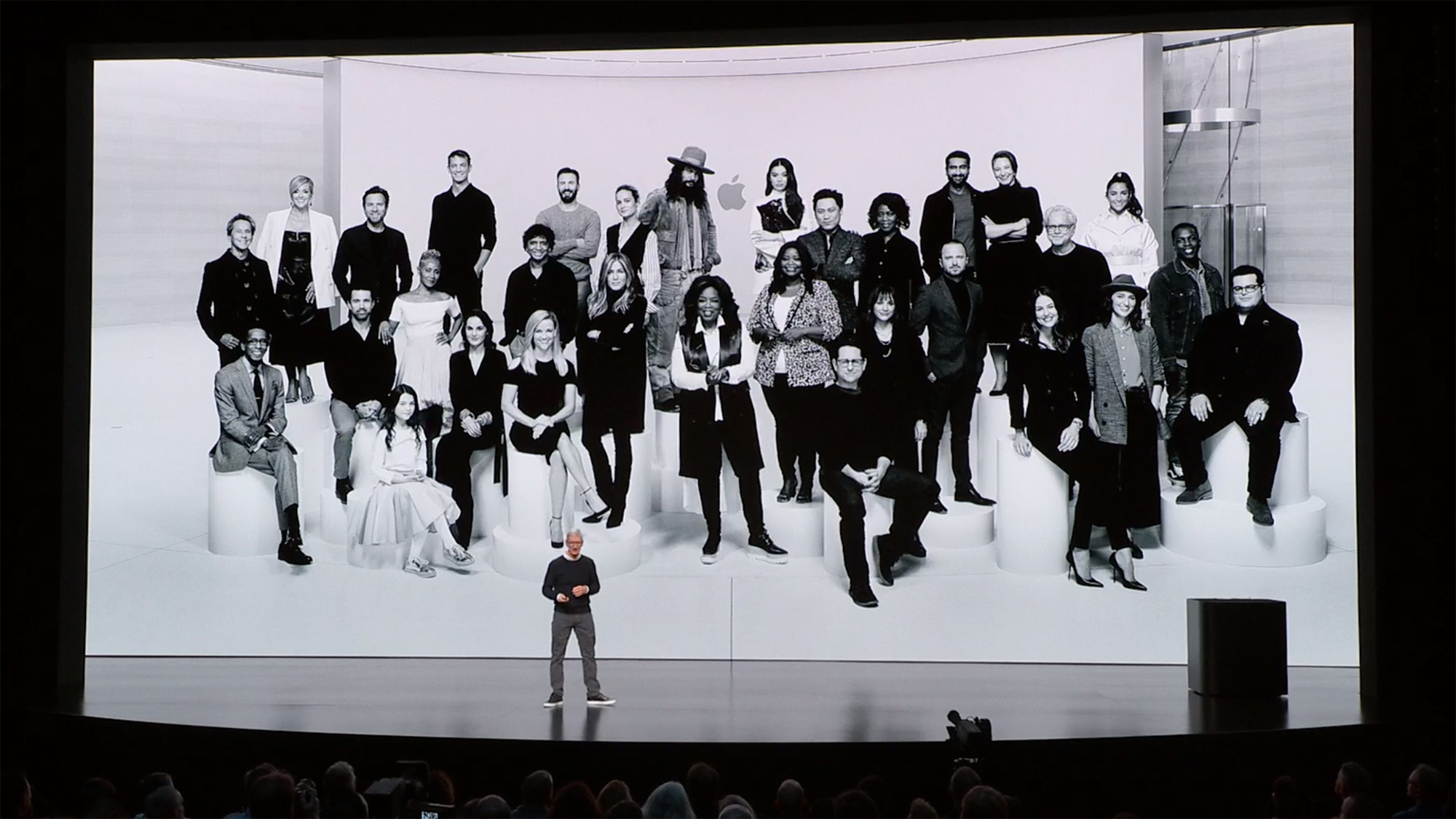 Apple launches new TV, gaming and finance services
Apple launches new TV, gaming and finance servicesNews The company has finally launched its long-rumoured streaming service
By Adam Shepherd
-
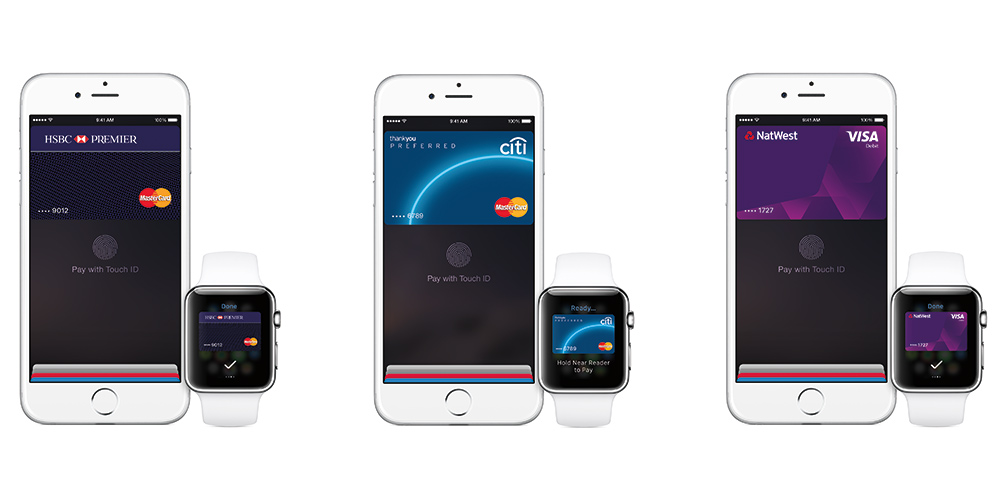 How to use Apple Pay in the UK: Everything you need to know
How to use Apple Pay in the UK: Everything you need to knowNews Apple Pay users will hit 86 million this year
By Clare Hopping
-
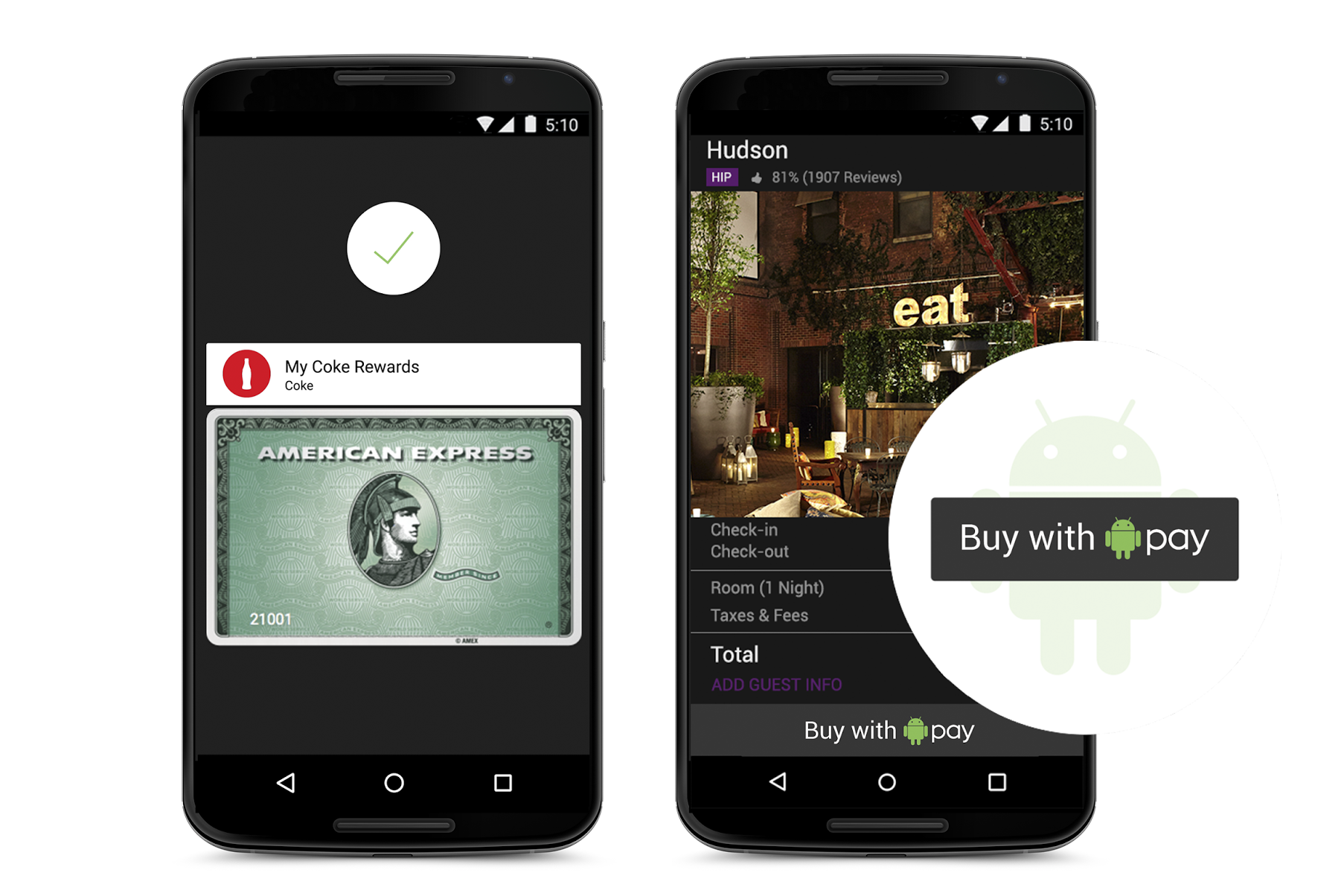 Android Pay: What is it and how do I use it?
Android Pay: What is it and how do I use it?News Emirates becomes the first global airline to offer UK customers Android Pay
By Jane McCallion
-
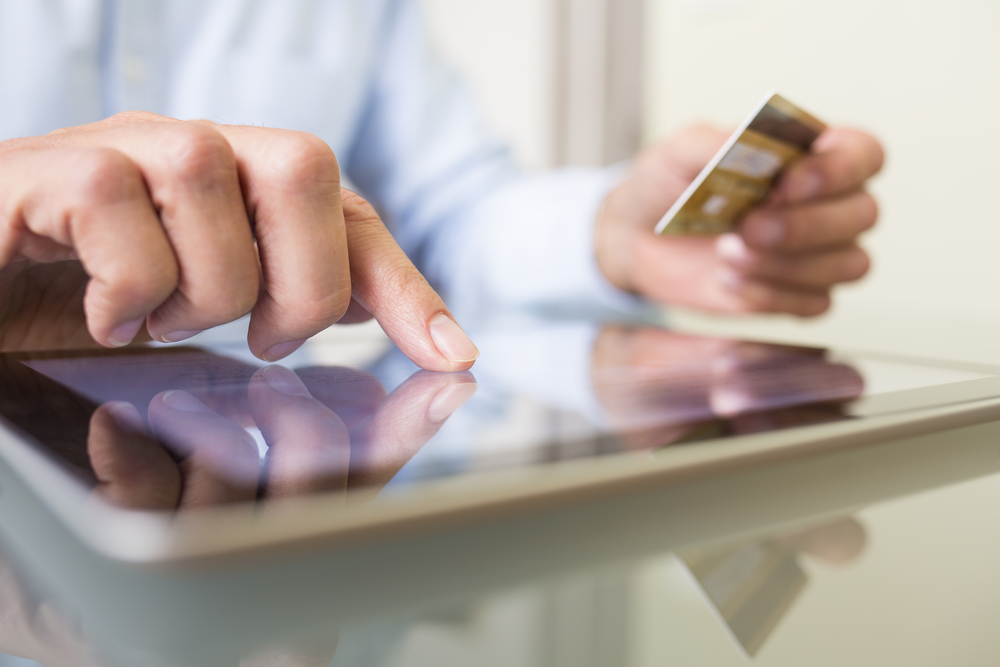 Banks could be key to mobile payments adoption, says report
Banks could be key to mobile payments adoption, says reportNews A new report on consumer habits for mobile payments has revealed massive opportunity for banks in the sector
By Caroline Preece
-
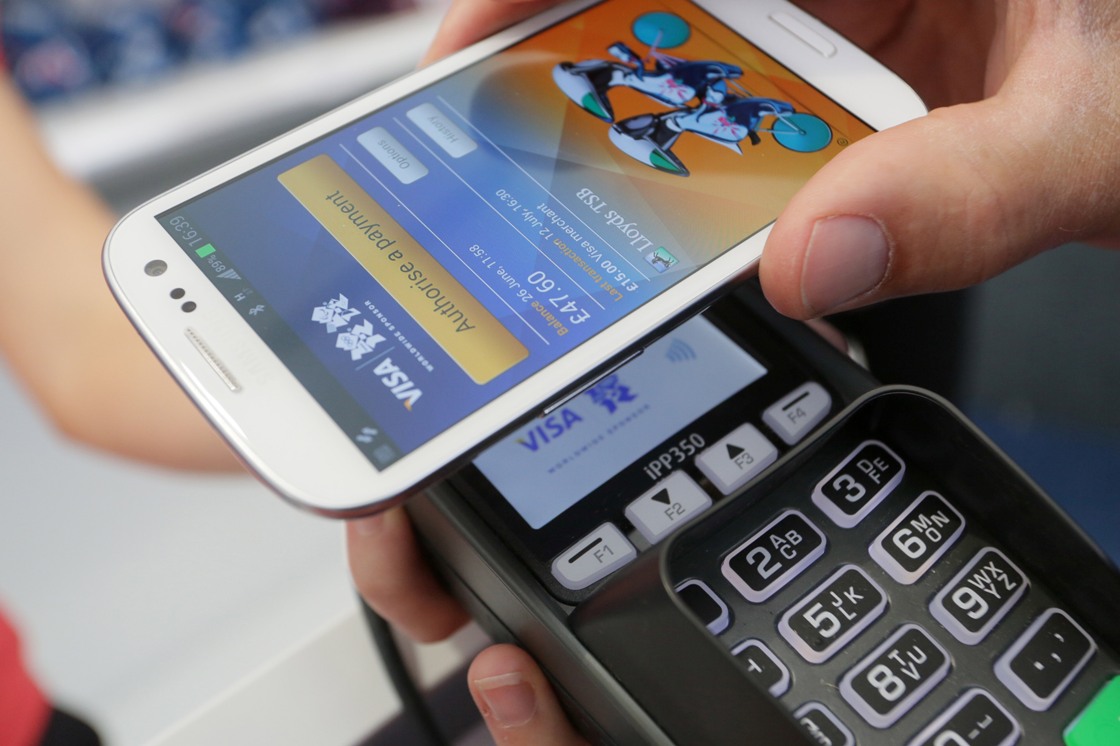 Contactless payments in the UK: Everything you need to know
Contactless payments in the UK: Everything you need to knowIn-depth Will Apply Pay, Android Pay and contactless payments kill off cash?
By Caroline Preece
-
 Samsung gives sneak preview of Apple Pay rival at MWC 2015
Samsung gives sneak preview of Apple Pay rival at MWC 2015News Samsung and MasterCard announce mobile payments system Samsung Pay, compatible with older card terminals
By Caroline Preece
-
 Samsung acquires Apple Pay rival LoopPay
Samsung acquires Apple Pay rival LoopPayNews Samsung has bought mobile payments company LoopPay, a competitor for Apple Pay
By Caroline Preece
-
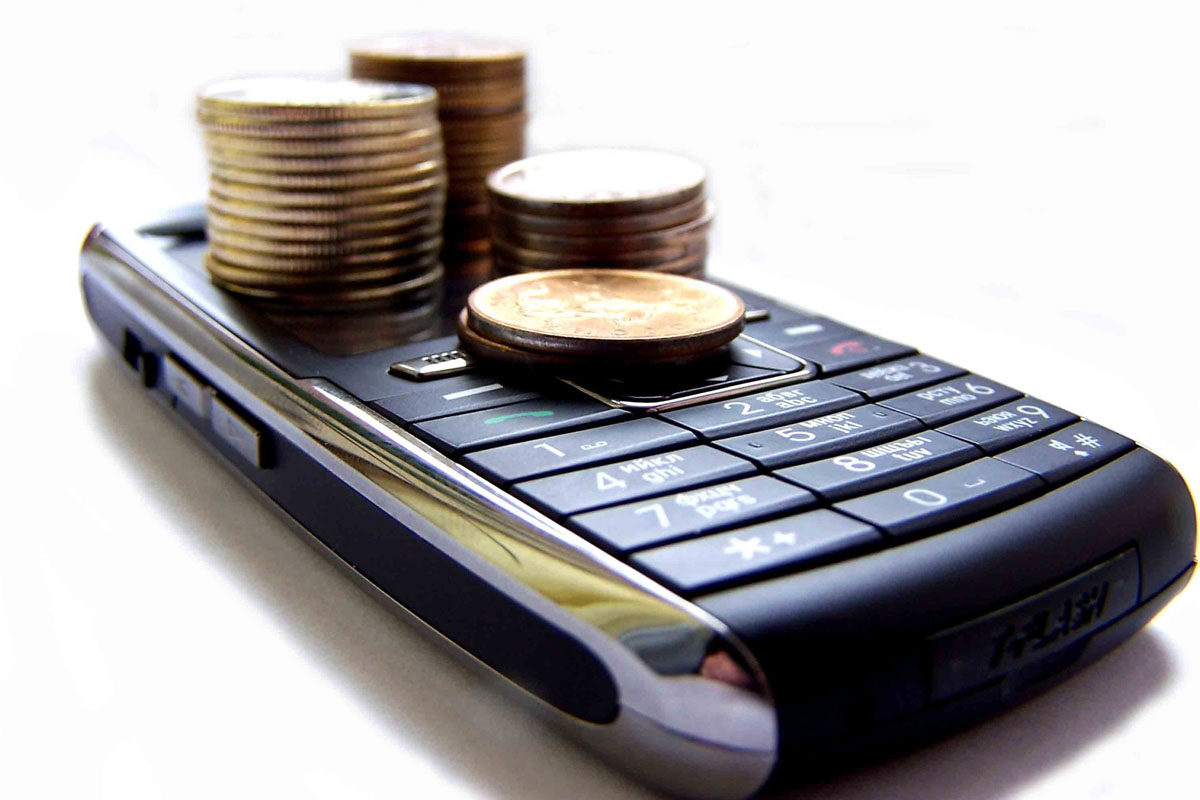 Google is talks to acquire Apple Pay rival Softcard
Google is talks to acquire Apple Pay rival SoftcardNews Google may go up against Apple Pay, entering talks to purchase mobile payments service Softcard
By Caroline Preece